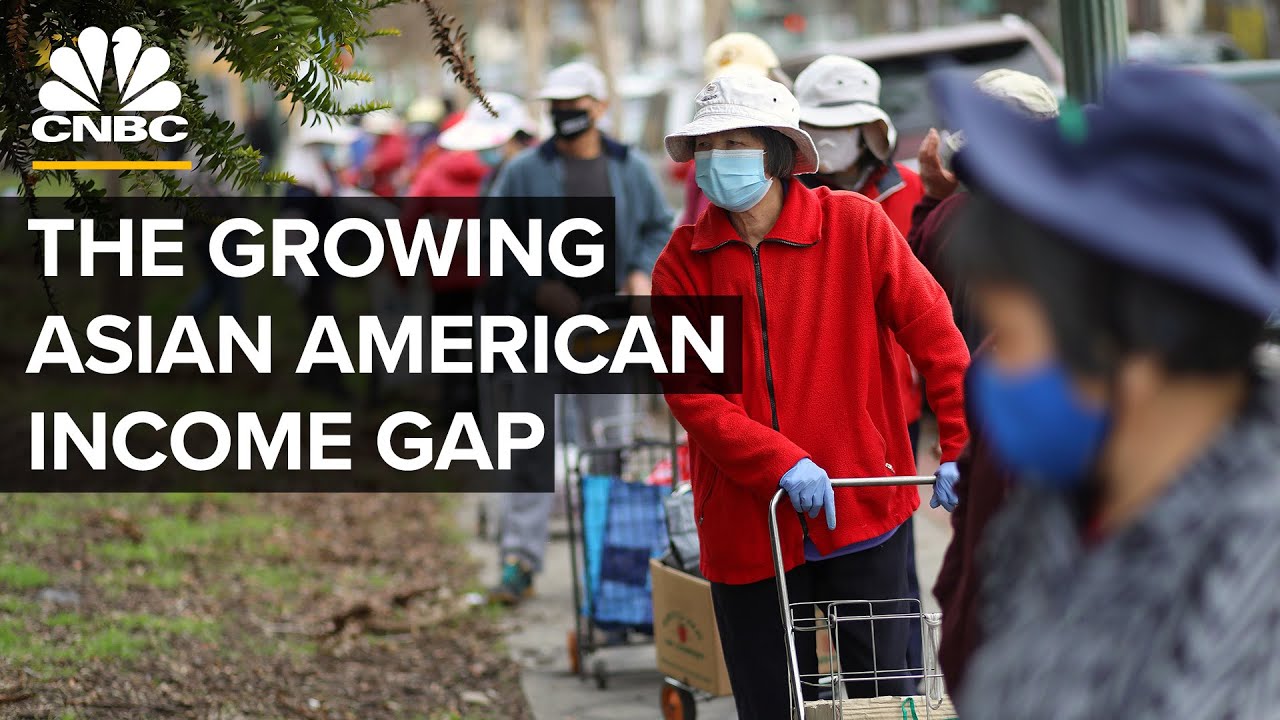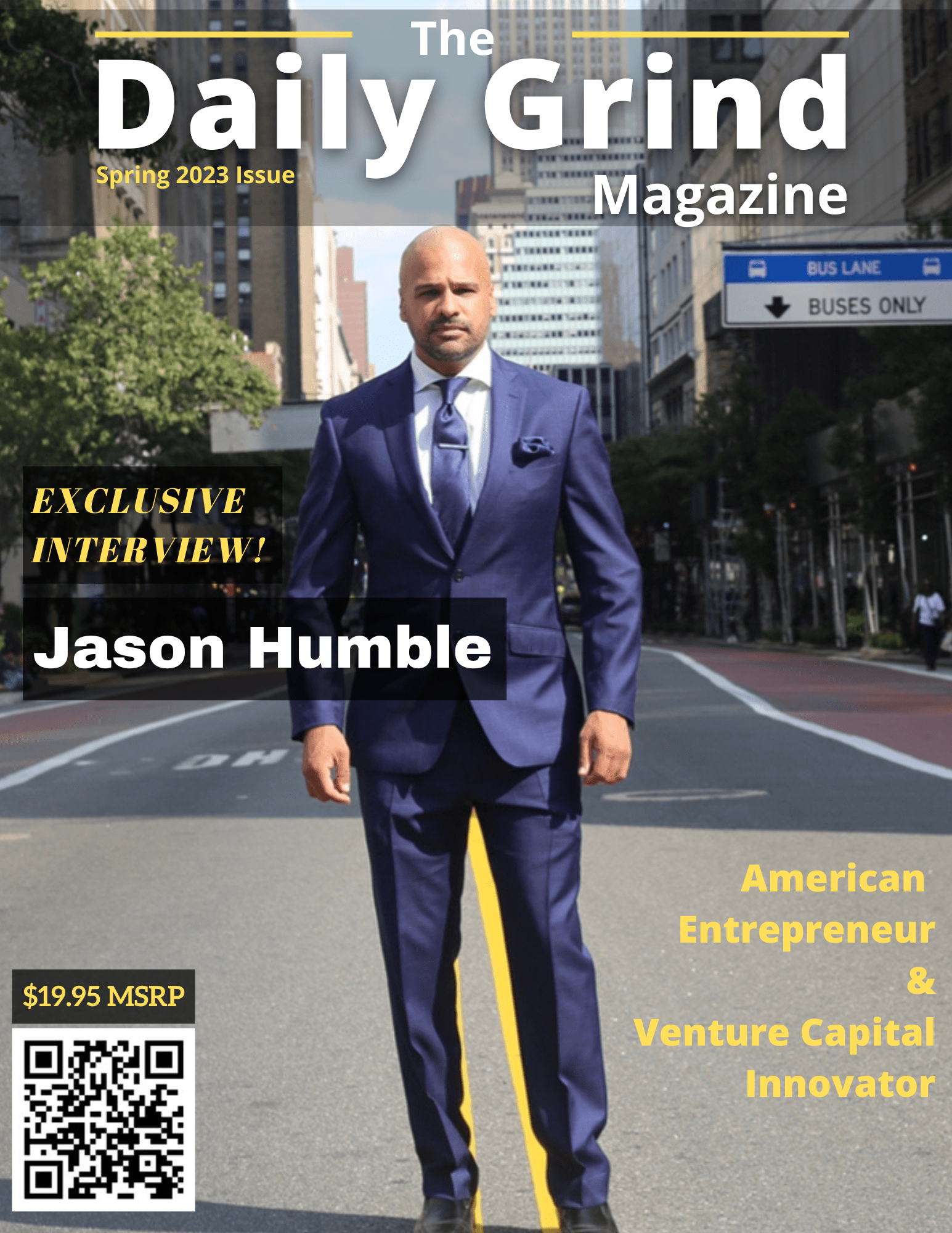From a quick glance, Asian
Americans look pretty well-off. They lead in economic measures
such as household income, Consumer spending, and education
levels. But let's take a deeper Look at the numbers. Take
household income, for example. The median for Asian households
was $85,800 in 2019. But if you Break it out, you'll see at the
low end Burmese Americans with Household incomes of 44,400,
less than the median of all U.S. Households. And at the high end
sits Indian Americans with $119,000. When we add in other
Asian ethnic groups, you'll see That the original number of
85,800 might not be as Representative as it seems.
Asian Americans are the most Economically divided racial
group in America. While they are More likely to hold high-income
white collar jobs. Asian American workers also hold a
significant number of low-income Service jobs. So most national data sets look
at the community in aggregate. And so when you combine it, it
looks like Asian Americans and Pacific Islanders are doing well
and often disguises, you know The realities of what those at
the lower end of the economic Spectrum are experiencing. And this has set up problems for
the fastest growing racial group In the US, which includes
subgroups for more than 20 Countries. When we categorize
all of these cultures as Asian American, it leads to
generalizations. In reality, it's a lot more
complicated. Here's a look at the growing
income inequality in the Asian American Pacific Islander
community and why it's hard to Tackle. The term Asian American
Pacific Islanders includes more Than 40 ethnicities and
subgroups. The six largest Groups in the U.S. are Chinese,
Indian, Filipino, Japanese, Korean, and Vietnamese. Today, Asian Americans are the
fastest growing racial or ethnic Group in the U.S. It's also the
only major group whose Population is rising because of
immigration. From 1965 to 2015,
The Asian population in the U.S.
grew from 1.3 million to 18 Million and 98% of that came
from immigration. The 1965 immigration reform have
a profound impact on Asian Immigration. The policy has two
goals. One is to allow for Families unification so that
it's a humanitarian goal, and The other is an economic goal of
bringing in needed labor. The Immigration Nationality Act of 1965 vastly
increased the numbers of Asian Immigrants in the U.S. It
prioritized highly-skilled and Educated immigrants in careers
like medicine, science and tech. This new wave of immigration
helped confirm the stereotype of Asian Americans as the model
minority. They were seen as the Successful law-abiding minority
who through hard work were able To achieve financial success.
The concept has been used as a Political wedge to minimize the
institutional disadvantages Other marginalized groups face.
Scholars argue the model Minority myth hides the
inequities in the Asian Subgroups. One example is
Southeast Asian refugees who Came to the US during the 1970s
to 1990s. During that period, The number of Asians working in
low-skilled occupations grew While those in high-skill
occupations Fell. When you come here as a
refugee like my parents did, You're coming from, you're
coming from war, you're coming From families that have been
torn apart. You're kind of, you Know, just dumped in the ghettos
where the government can put you And you have a different
mentality. It's more of like That survival mentality. For Asian Americans and Pacific
Islanders, that wealth gap is Largely due to immigrant
selective selectivity. That is Different groups are selected
from their socioeconomic Background and a context of
immigration. So that would have Consequences on their
socioeconomic well being in a Whole society and also their
wealth. New immigrants who don't come
with a highly-skilled work visa
Often have limited job options
because of language barriers, Lack of work experience and
education. If you have this skill, you can
get incorporated into the larger Labor market and move up from
there. But if you don't, then You either have to experience
this downward mobility by taking Low-wage jobs and gradually move
yourself up. Or you can go Through entrepreneurship. Opening up small businesses is
more common among Asian Americans and Pacific Islanders
than other communities. People Don't have other opportunities
and so they they shift to Building businesses as a means
of generating income and wealth For their families. My dad came
here from Pakistan and lived in New York City before he married
my mom. While he was in New York City, his first job was at Duane
Reade unboxing, and being a load Guy and he worked at ton of odd
jobs like that. And he really Did whatever you could and as
many jobs as he could, in order To build his wealth, and in
order to just have a footing in America, My family told me that I am the
inventor. So I can see when I Started business, I don't have
any family member or any friend In this kind of business. It was
just keep looking at and I have A confidence myself that I can
learn. But after me, a lot of Other family people and the
friends they got in this kind of Business. Recent studies have found that
the AAPI population was more Likely than any other racial
group to ask friends, family, or Rely on themselves for financing
or business advice instead of Going to institutions. My parents were from Vietnam,
and they immigrated over to America in the 1980s. They were
boat people, they were on a boat And traveled to Thailand and
then had a sponsor in California. So they landed in
Oxnard, California, so they Didn't have any skills or any
job opportunities. So they Started a little 97 cent general
merchandise store in Port
Hueneme, California. They didn't
have the money to hire people so They used their children to work
for low pay or even no pay. But By doing that they were able to
provide for our family and put All their four children through
college. For some groups like Taiwanese
Americans, Indian Americans, Chinese Americans, outcomes like
income and college attainment Might look good. But because
some of those groups are larger, Indian Americans and Chinese
Americans are the largest Asian American groups, their positive
outcomes on many of these Measures end up masking all of
the struggles that many other Groups face. Burmese Americans represent the
poor subgroup of Asian American Pacific Islanders, Their median
household income $44,400 is About half of the median income
of Asians in the United States. Only 16% of the subgroup have a
bachelor's degree and 25% live In poverty. Yin Ou's family
moved from Myanmar to New York City in 2009. To support the
family, her mom did a variety of Minimum wage jobs that didn't
require English proficiency like Jewelry packaging and
babysitting. We always qualified for food
stamps and Medicaid. Her mom has been unable to work
during the pandemic due to a Disability while Yin has become
the breadwinner for her family. She has been working since she
was 16 years old. Like off the books worker, like
whoever in the community needed Like an extra hand. I've always
been trying to work because There was never enough money to
have disposable income unless I Go out and make it myself. Today she's working three jobs
while attending Queens College With federal student aid. I do often feel a disconnect
from my native friends and Native by native mean birth like
by birth American, they don't Really feel the burden of I
gotta make it because we Sacrifice everything for my mom
to get me here. My life is not Mine to live because it's my
mom's hopes and dreams are
Riding on it. Yin's goal is to buy her mom a
house one day, like 54% of Burmese Americans. Her family
has lived in rental properties Since they've arrived in
America, You're looking at household
income, chances are there's many Income earners within that
household. And so what we see is Higher rates of overcrowding.
You know, we have Multi-generational families
sharing small spaces again, Because our lower income
families are living in the Highest cost housing markets.
Not only do we need more Affordable housing, but we need
housing that accommodates a Family. These are the same
families that make our cities Run. Data for Asian American Pacific
Islanders has become less Aggregated in the past 20 years.
2000 was the first year the Census had separate categories
for Asian Americans and Native Hawaiian/Other Pacific
Islanders. Advocates have called For better aggregated data sets
and more accessibility and Transparency in the methodology.
But some say it's not enough to Close the gap. In addition to things like
disaggregating data, making sure Language access is in place, we
as a community need to continue To build. It's amazing to see
the number of Asian Americans And Pacific Islanders running
for office now, you know, many Of our organizations are much
stronger and able to really move The needle in what's happening
in their communities. So it's Really that longer term building
that needs to continue to happen If we want to see things change
for our community. During the pandemic, it was
found that Asian American Pacific Islanders experienced
some of the worst economic Effects. As more data comes out
post-pandemic it could be an Even darker reality. You're gonna see phenomenon
where those who are more Fortunate, probably did better.
We did a study ordered by the
James Irvine Foundation that
found that Southeast Asian and Pacific Islander communities
were more likely to work in gig Professions. And we know the
kinds of economic struggles that The gig economy has presented
during the pandemic. I think Once all of the data come out
from this 2020-21 period, we're Going to see these inequalities
actually get worse in the Asian American and Pacific Islander
community.





